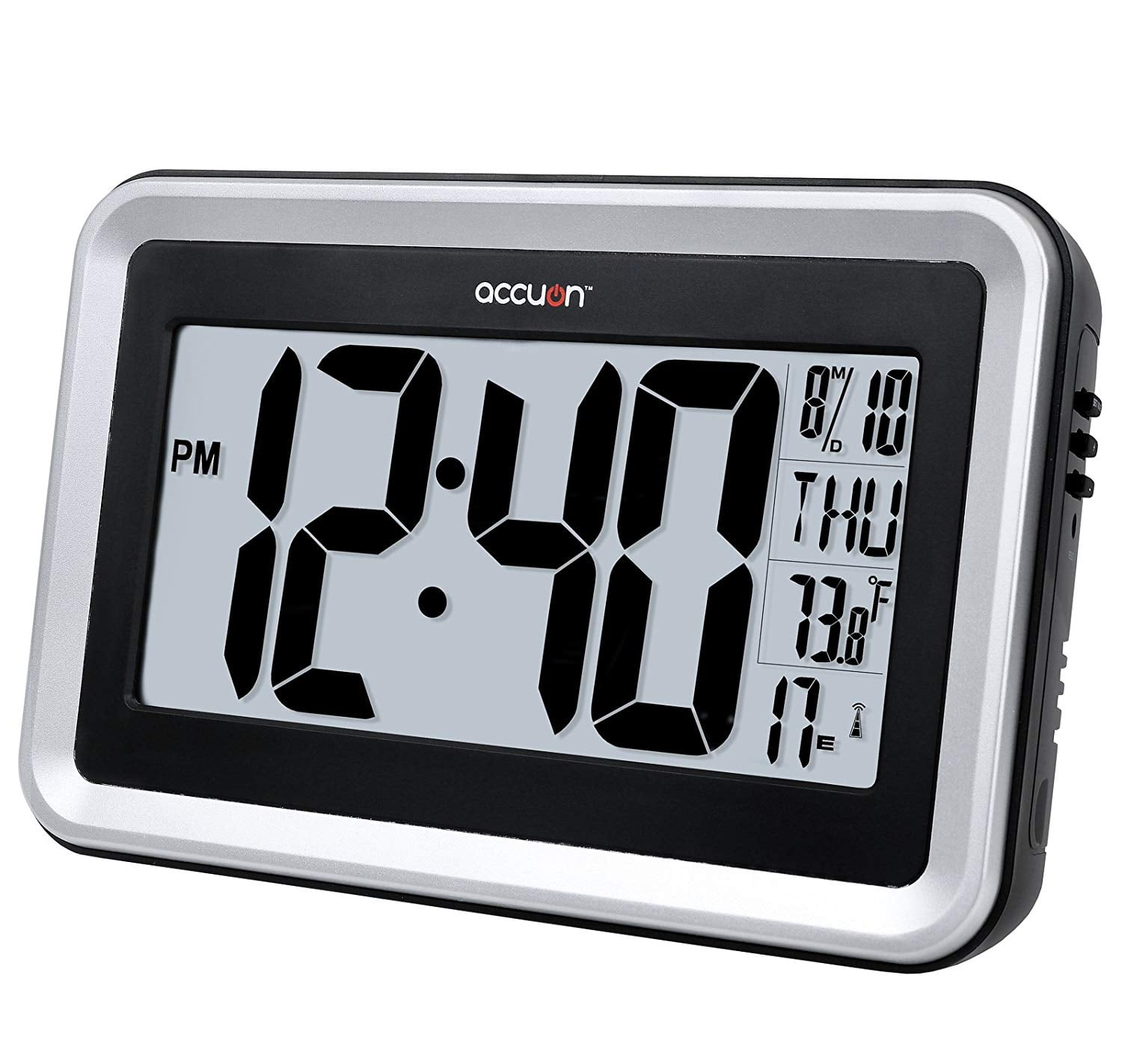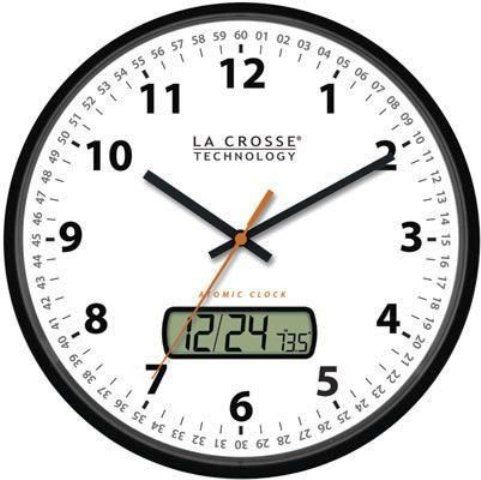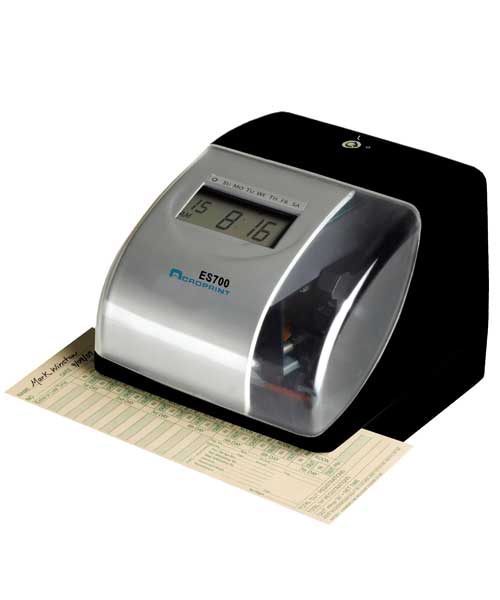

What’s the point of a timepiece with that kind of extreme accuracy? For one, it leads to jaw-dropping experiments that prove the principles of relativity ever more accurately, such as keeping two atomic clocks at different elevations and seeing that they “tick” at different rates because they experience different levels of gravity. In comparison, mechanical clocks can lose several seconds every month, scientists say. Today’s most accurate atomic clock would take around 30 billion years to lose even one second. The cesium atomic clock at the National Institute of Standards and Technology (NIST) in Gaithersburg, Maryland is so accurate that it would lose one second in 100 million years. (Fun fact: These energy shifts show up as electromagnetic radiation in the form of visible light, such as the orange glow from sodium vapor lamps used for street lighting. Because you can count how many times electrons jump between two energy levels in an atom of cesium in a given amount of time, this frequency has become the official measurement tool for the length of a second. Cesium’s outer shell has a single electron, making it chemically reactive to microwave radiation. A Subatomic Particle Can Turn Into Its Evil TwinĬesium was an early contender for creating a better timekeeper because atoms of this element have a much higher resonant frequency than the quartz used in wristwatches.Check Out This Picture of a Single Atom.The Universe Changes the Laws of Physics By Itself.“It’s the reason atomic clocks can reach a performance level beyond mechanical clocks.” “The fact that the energy difference between these orbits is such a precise and stable value is really the key ingredient for atomic clocks,” Eric Burt, an atomic clock physicist at NASA’s Jet Propulsion Laboratory, says in a 2019 blog post on NASA’s website. Because atoms of an individual element respond only to a specific and unique frequency (the number of waves that pass by a point in space in a given amount of time), scientists could measure this frequency to obtain a standard and accurate measurement of time. In this early form of the atomic clock, the jolt of energy from the radiation caused electrons in the atoms to jump back and forth between energy levels, or orbits, around the atom’s nucleus.

A Brief Subatomic HistoryĪfter the advent of atomic physics, scientists developed a way to pass cesium atoms through radio waves, and then microwaves, a form of high-frequency electromagnetic radiation.

Here’s how atomic clocks work, and why we can’t imagine a world (or future discoveries about our universe) without them. But scientists have developed even more advanced atomic clocks that could reveal more about the mysterious parts of the universe-like dark matter-than we have ever seen. Today, the exquisitely precise timekeeping of atomic clocks is used for measuring time and distance for everything from our Global Positioning System ( GPS), online communications across the world, fractions of a second in trading stocks, and timed races in the Olympics.

As a clock pendulum swings back and forth, and a tuning-fork-shaped piece of quartz oscillates with an electric current in a watch, you count the periodic swings of electrons in an atomic clock as they jump between energy levels. Play icon The triangle icon that indicates to playĪt a minuscule scale, an atomic clock employs the same fundamental processes as a grandfather clock or a wristwatch: it offers a periodic phenomenon that you can count.


 0 kommentar(er)
0 kommentar(er)
